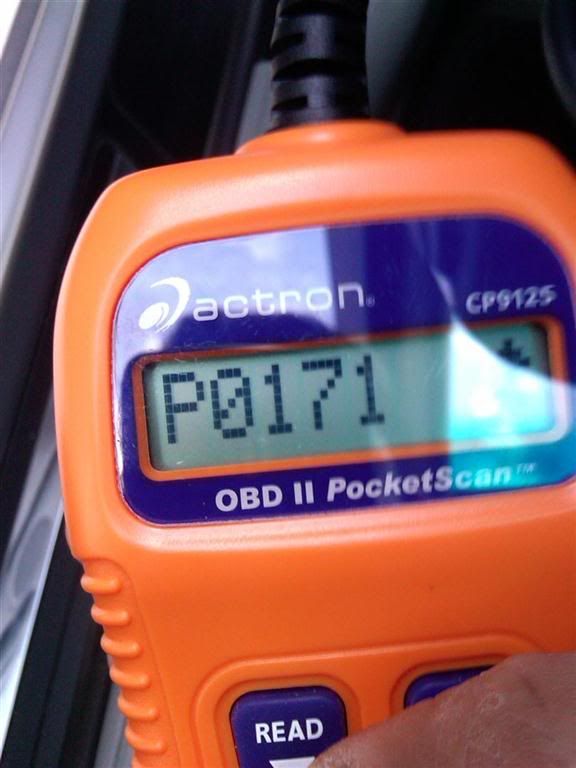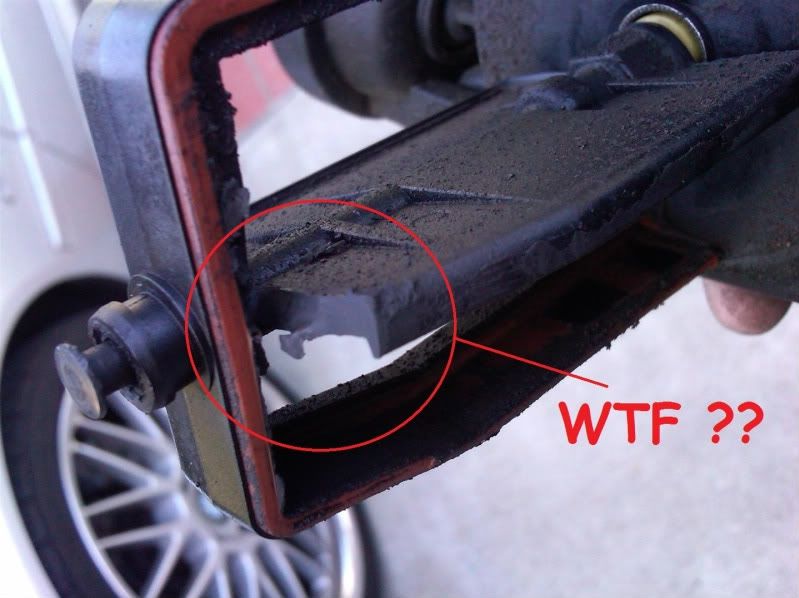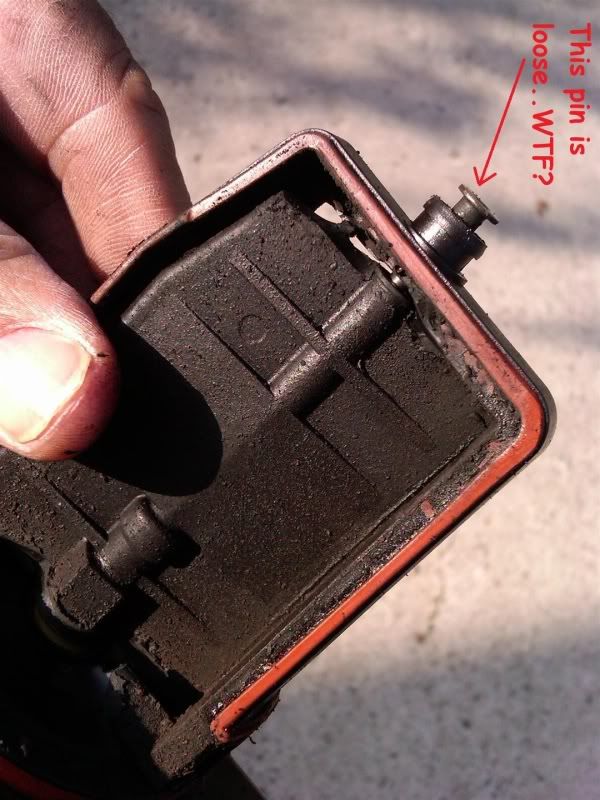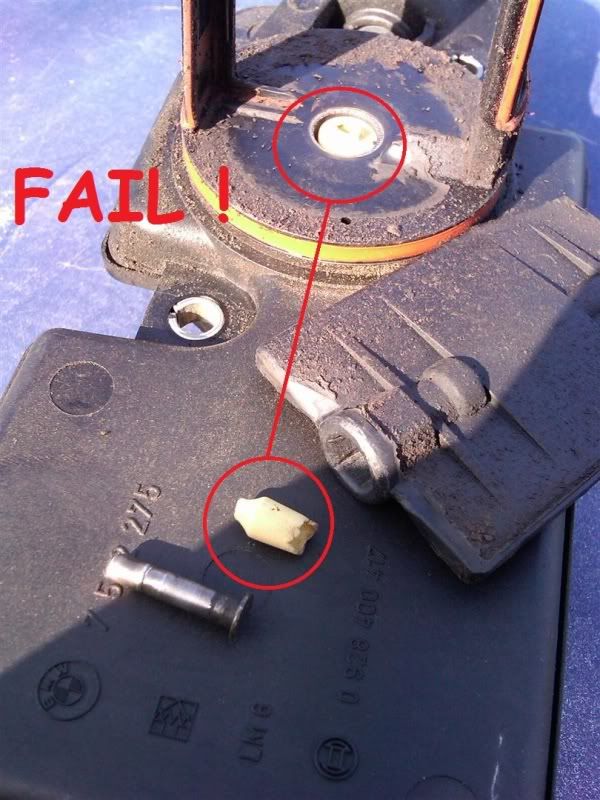Below are my previous posts when I started experiencing rough idle:
http://www.bimmerfest.com/forums/showthread.php?t=568487&highlight=
http://www.bimmerfest.com/forums/showthread.php?t=570551&highlight=
Symptoms: Rough idle (cold or hot). Car runs fine but sometimes felt a tad sluggish probably due to misfiring. No smoke emitting from tail pipe.
The codes I was getting: (lean codes):
![Image]()
![Image]()
![Image]()
Not shown are also codes P0300, P0304, P0305 (misfire codes)
Things I ruled out:
Coilpacks -I switched them around to different cylinders. Made no diff in the codes.
Spark plugs - I installed fresh Bosch plugs. Still idles rough.
MAF - Cleaned it twice. Ran the car disconnected. Still idles rough.
Vacuum leaks from intake tube - No rips or tears that I could see.
Items I was going to do next:
New fuel filter, CCV Valve
Then I went to the E46 fanatics board and a lot of them were getting these lean codes. Also someone in this board mentioned DISA valve. So since it was easy enough to pull the valve out, I gave it a shot.
Comes out easy. Need to take out one electrical connector, then remove two T40 torx screws. You don't really need to take out the intake boot to remove the bottom torx screw but it makes it easier if you dont have the proper tools.
I pulled it out slowly.
![Image]()
I first noticed how much gunk it has. The gunk smells like fuel.
Upon close inspection. The darn intake flap is cracked. God knows where that cracked piece went into.Hopefully not my combustion chambers.
![Image]()
Also the metal pivot pin for the valve comes out easily. I don't think it should be loose like that:
![Image]()
Finally, the PLASTIC yellow pivot totally broke. This means the DISA valve doesn't work anymore. The pivot is no longer connected to the vacuum and the intake flap I assume remains closed all the time.
![Image]()
I need to get another DISA valve ASAP. Anyone can help me where to get the best price for this part? Also, I put the DISA valve back in the intake, but this time I removed the loose pieces (flap, metal and plastic pivot). So basically the valve is wide open. Will the car run like this until I get a replacement?
Final rant.. Whats up with these German plastic pieces? I used to own an Audi and it seems like plastic materials are the weakeness in German carts. They all eventually deteriorate and crack.. I dont recall Japanese cars have any weakness in their plastic parts..even on older models.
Anyway, once I get this new part I will clear the codes and drive around. I will report back on the results.
http://www.bimmerfest.com/forums/showthread.php?t=568487&highlight=
http://www.bimmerfest.com/forums/showthread.php?t=570551&highlight=
Symptoms: Rough idle (cold or hot). Car runs fine but sometimes felt a tad sluggish probably due to misfiring. No smoke emitting from tail pipe.
The codes I was getting: (lean codes):



Not shown are also codes P0300, P0304, P0305 (misfire codes)
Things I ruled out:
Coilpacks -I switched them around to different cylinders. Made no diff in the codes.
Spark plugs - I installed fresh Bosch plugs. Still idles rough.
MAF - Cleaned it twice. Ran the car disconnected. Still idles rough.
Vacuum leaks from intake tube - No rips or tears that I could see.
Items I was going to do next:
New fuel filter, CCV Valve
Then I went to the E46 fanatics board and a lot of them were getting these lean codes. Also someone in this board mentioned DISA valve. So since it was easy enough to pull the valve out, I gave it a shot.
Comes out easy. Need to take out one electrical connector, then remove two T40 torx screws. You don't really need to take out the intake boot to remove the bottom torx screw but it makes it easier if you dont have the proper tools.
I pulled it out slowly.

I first noticed how much gunk it has. The gunk smells like fuel.
Upon close inspection. The darn intake flap is cracked. God knows where that cracked piece went into.Hopefully not my combustion chambers.

Also the metal pivot pin for the valve comes out easily. I don't think it should be loose like that:

Finally, the PLASTIC yellow pivot totally broke. This means the DISA valve doesn't work anymore. The pivot is no longer connected to the vacuum and the intake flap I assume remains closed all the time.

I need to get another DISA valve ASAP. Anyone can help me where to get the best price for this part? Also, I put the DISA valve back in the intake, but this time I removed the loose pieces (flap, metal and plastic pivot). So basically the valve is wide open. Will the car run like this until I get a replacement?
Final rant.. Whats up with these German plastic pieces? I used to own an Audi and it seems like plastic materials are the weakeness in German carts. They all eventually deteriorate and crack.. I dont recall Japanese cars have any weakness in their plastic parts..even on older models.
Anyway, once I get this new part I will clear the codes and drive around. I will report back on the results.



























